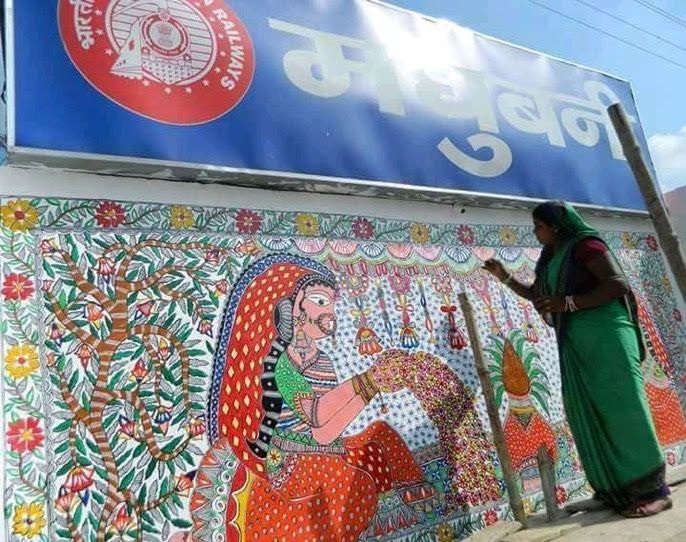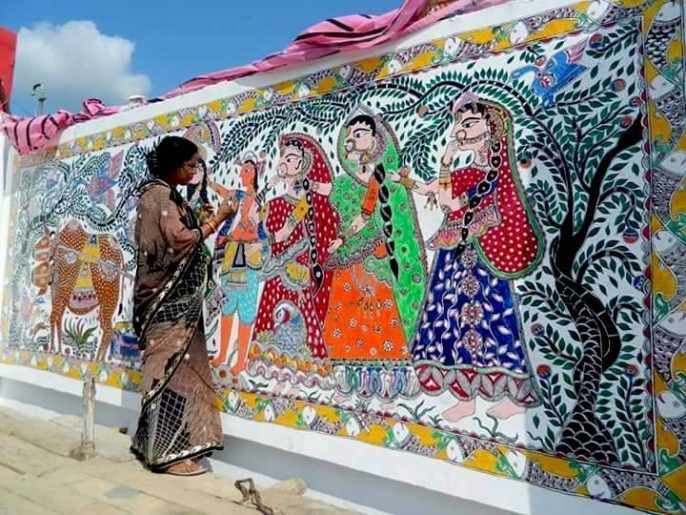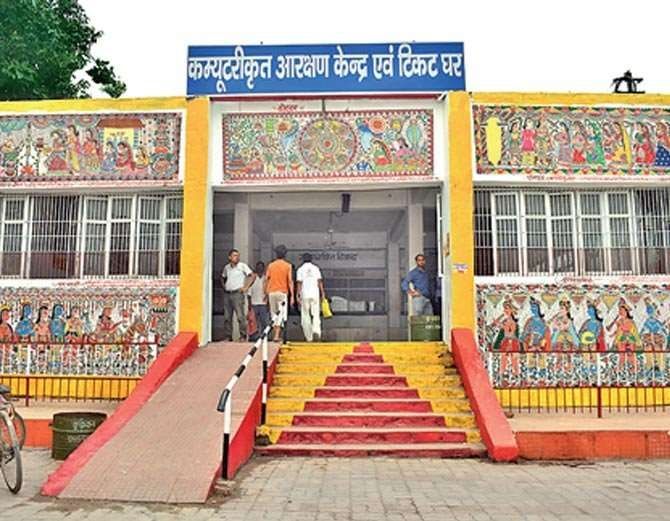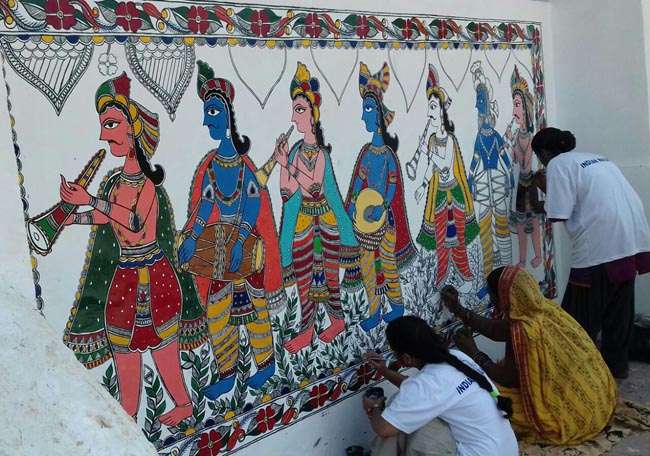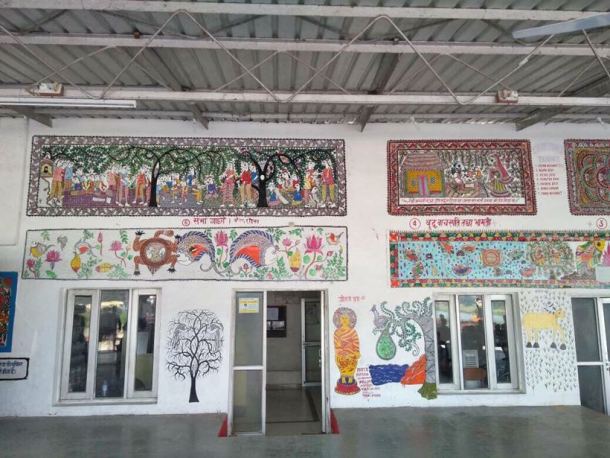
Facebook’s poke feature now includes streaks, similar to Snapchat’s daily streaks
The classic Poke returns on Facebook with streak mechanics, encouraging daily interactions via a profile button.
Embark on a historical journey through the captivating artistry of Madhubani painting, a unique form that graces walls, floors, and paper, originating from the renowned Mithila region in North Bihar. This art, steeped in tradition, showcases vibrant depictions inspired by nature, mythology, and daily life. Passed down through generations, it resonates with cultural significance, depicting intricate patterns of animals, plants, and deities. From rural homes to global platforms, Madhubani painting's rich heritage continues to shine, offering a window into the intricate narratives of Mithila's art and culture.
Madhubani painting, also known as Mithila art, has a rich history dating back centuries. Originating from the Mithila region in North Bihar, India, this unique art form is deeply intertwined with the cultural heritage of the region. It has its roots in local traditions, where women would decorate their homes with vibrant paintings on walls and floors to mark special occasions like weddings and festivals.
The history of Madhubani painting can be traced back to ancient times when it was practiced by women as a form of creative expression. The themes of these paintings often revolved around mythology, religious rituals, and scenes from everyday life. The vibrant colors and intricate patterns used in Madhubani paintings have made them not only visually captivating but also culturally significant.
Over time, Madhubani painting gained recognition beyond the local communities. It was introduced to the world when British colonial officer William G. Archer discovered the art in the early 20th century. Recognizing its artistic value, Archer played a crucial role in bringing Madhubani painting to national and international attention.
Mithila art has five distinctive styles:
Line and Pattern: Madhubani paintings are characterized by intricate lines and patterns. Artists create bold outlines and then fill the spaces with intricate designs using fine lines and dots.
Double Outlining: This technique involves outlining the main subjects with two lines, often in contrasting colors, creating a striking visual effect.
Colorful Fillings: The use of bright and vivid colors is a hallmark of Madhubani art. Natural pigments, derived from plants, minerals, and other organic sources, are used to achieve vibrant hues.
Symmetry: Madhubani art is often symmetrical, with elements mirrored on both sides, contributing to the balanced and harmonious composition.
Natural Pigments: Artists use natural pigments derived from sources like turmeric, indigo, rice powder, and charcoal. These pigments lend a distinct and earthy quality to the colors.
Brushes and Tools: Traditional Madhubani paintings are often created using brushes made from materials like twigs, fingers, and even matchsticks. These tools enable artists to achieve various line thicknesses.
Canvas: Madhubani paintings are executed on a range of surfaces, including walls, floors, cloth, handmade paper, and canvas. The choice of canvas can influence the final look and feel of the painting.
Binder: A binder, usually a mixture of cow dung and water, is applied to the canvas before painting. It serves as a primer, helping the colors adhere to the surface and maintain their vibrancy.
Black Outlining: Black color is used prominently for outlining figures and elements in Madhubani paintings. In some cases, lamp soot or charcoal is mixed with gum to create this black outline.
Innovative Adaptations: Modern Madhubani artists have also embraced acrylic and poster colors, adapting the traditional techniques to contemporary materials, which allows for a broader range of color options.
The use of these techniques and materials not only defines the distinctive look of Madhubani paintings but also reflects the deep-rooted cultural practices and the artistic ingenuity of the Mithila region.
Madhubani painting, with its rich cultural significance and artistic excellence, has gained recognition and accolades both nationally and internationally. Some notable awards and recognitions include:
Several Madhubani artists have been honored with the prestigious Padma Shri award, one of India's highest civilian honors, for their contributions to the field of art.
Many Madhubani artists have received National Awards from the Government of India.
In 2016, Madhubani painting was accorded the status of a Geographical Indication (GI) by the Indian Government. This recognition by UNESCO highlights the uniqueness and heritage of the art form.
Madhubani paintings are displayed in renowned art galleries and museums across the world, solidifying their status as significant cultural artifacts.
A dedicated section within the new Bihar Museum showcases Madhubani paintings.
Image credit - madhubani.nic.in
